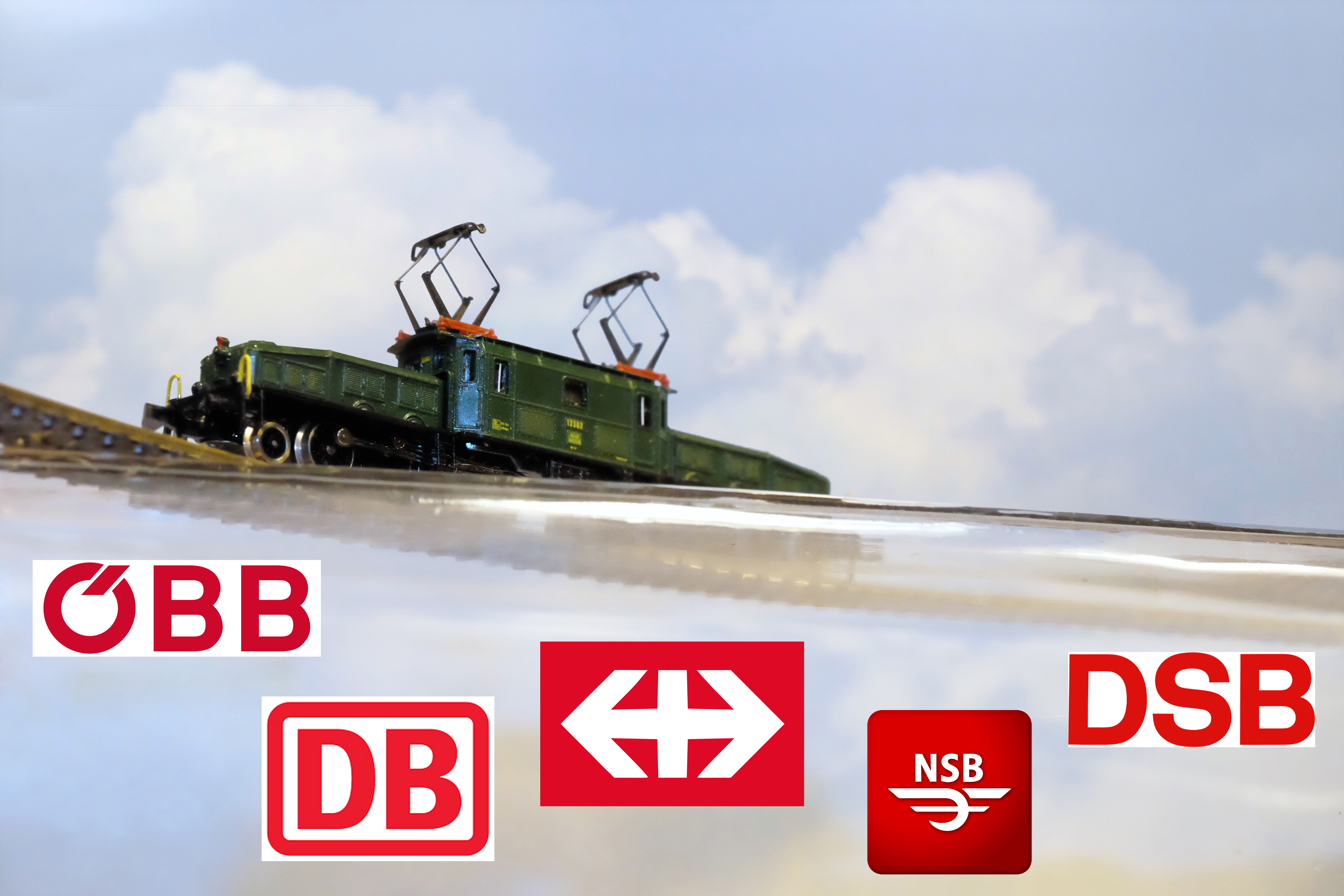Scandinavian railroads are almost exclusively represented in Z by Freudenreich Feinwerktechnik (FR) which also includes Swiss and German prototypes. And less frequently PKP (Poland) and FS (Italy). Almost a year ago after many years in the plan and design stage the 1960 Talsvagn coach was released by FR in its first version with 2 “two car” sets with 1990’s paint scheme (blue with red stripe). Since this release there has been 6 more releases with early brown paint scheme (1960’s-90) and current NetRail paint scheme. Built into the design of each 1960 Talsvagn coach is the ability to retrofit a custom light panel manufactured in Germany by Passmann (Unna, Germany) and sold by FR as an accessory for this coach type. First a list of Talsvagn coaches thus far released.
FR’s releases are sometimes limited to a stated number while others are open editions, but all FR items should be considered rare as each is produced in small batches. The following is a list of 1960 Talsvagn coaches thus far:
46.220.02: open release (available to order) 
46.220.12: open release (available to order) 
46.220.42: limited to 25 total 
46.220.52: limited to 25 total 
46.221.02: open release (available to order) 
46.221.11: open release (available to order) 
46.221.42: limited to 25 total 
46.221.52: limited to 25 total 

Accessory lighting panel FR article #FR-TV #PA-512 is an LED light panel designed specifically for the 1960 Talsvagn coach, it is a flicker free lighting panel comprised of numerous LED’s which evenly illuminate in realistic terms. It is another outstanding accessory available from FR. Installation is easy (3/5) for those that have decent soldering skills. Instructions are included but lack English text which is not an issue at all because there are nearly 20 very good photographic illustrations.
I have a few notes to add to the included instructions that might be helpful for others retrofitting their coaches:
1. wheel sets pick-up the electricity from the track to power the light panel, each truck is connected with a wire to soldering points at each end of LED circuit board, insulated wheels should be located to one side of truck and this orientation should be carried out in the opposite position for other truck thus each truck’s pair of insulated wheel sets connect with different rails
2. whisker pick-ups should be carefully bent at 30 degree angle, 1.3mm brass bolt (kit includes 2) secures brass electrical pick-up to truck (FR accessory socket wrench 46.221.91 is designed for this bolt size), carefully reinstall wheel sets in aforementioned orientation. NOTE: before screwing bolt in place double check the pre-drilled hole goes all the way through truck housing otherwise the bolt will snap off!!!!!
3. one wire is included which should be cut in half or cut to length, before proceeding tin each end of wire (use of a little water soluble flux is advised), solder end of each wire to bolt protruding from truck with a little flux (touching soldering iron to bolt is better than wire to prevent melting of insulation (solder follows heat thus it is advisable to touch the thing you want to solder versus the wire, tinning the wire expedites the joining making it faster and easier)
4. reattach trucks into chassis with wire through pre-drilled hole, solder wires to solder points on circuit board, test LED panel before affixing to roof! Note: before soldering check orientation of circuit board with interior detailing, capacitors should fit snugly within compartment at end of car
5. roof attaches to circuit board with preinstalled double stick tape, but before installing double check middle clip on roof aligns with panel between window panes versus window otherwise the clip will be seen through the window and it will look terrible. Note: if a mistake is made with roof misalignment after LED panel is installed it will be very difficult to correct so double check/double check!!!! before gluing LED panel to roof!
Special Note: FR’s accessory light panel for the 1960 Talsvagn is easy to install with excellent instructions provided in a step by step format. Please do not deviate from the step by step instructions: all soldering should be quick and take place away from contact with plastic parts that melt thus do not install circuit board to roof panel before soldering wires to circuit board. And do not attempt to solder wire onto truck’s bolt after truck is reinstalled in coach body. All soldering takes place when trucks are separated from coach and circuit board is unattached to roof panel. Tinning wire before soldering makes things a lot easier as it allows for the wire to instantly grab the thing being soldered with minimal heat exchange.





































































